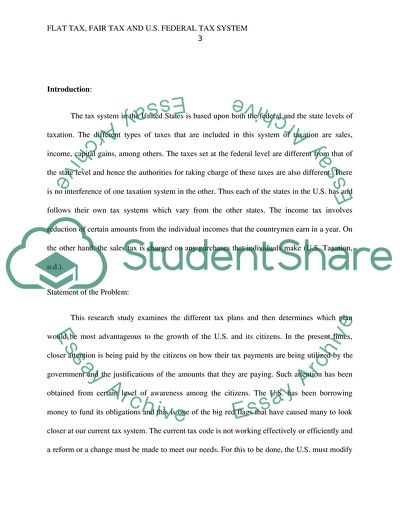Cite this document
(Flat Tax, Fair Tax and U.S. Federal (Current) Tax System Comparison Research Paper, n.d.)
Flat Tax, Fair Tax and U.S. Federal (Current) Tax System Comparison Research Paper. Retrieved from https://studentshare.org/macro-microeconomics/1798975-flat-tax-fair-tax-and-us-federal-current-tax-system-comparison
Flat Tax, Fair Tax and U.S. Federal (Current) Tax System Comparison Research Paper. Retrieved from https://studentshare.org/macro-microeconomics/1798975-flat-tax-fair-tax-and-us-federal-current-tax-system-comparison
(Flat Tax, Fair Tax and U.S. Federal (Current) Tax System Comparison Research Paper)
Flat Tax, Fair Tax and U.S. Federal (Current) Tax System Comparison Research Paper. https://studentshare.org/macro-microeconomics/1798975-flat-tax-fair-tax-and-us-federal-current-tax-system-comparison.
Flat Tax, Fair Tax and U.S. Federal (Current) Tax System Comparison Research Paper. https://studentshare.org/macro-microeconomics/1798975-flat-tax-fair-tax-and-us-federal-current-tax-system-comparison.
“Flat Tax, Fair Tax and U.S. Federal (Current) Tax System Comparison Research Paper”, n.d. https://studentshare.org/macro-microeconomics/1798975-flat-tax-fair-tax-and-us-federal-current-tax-system-comparison.


